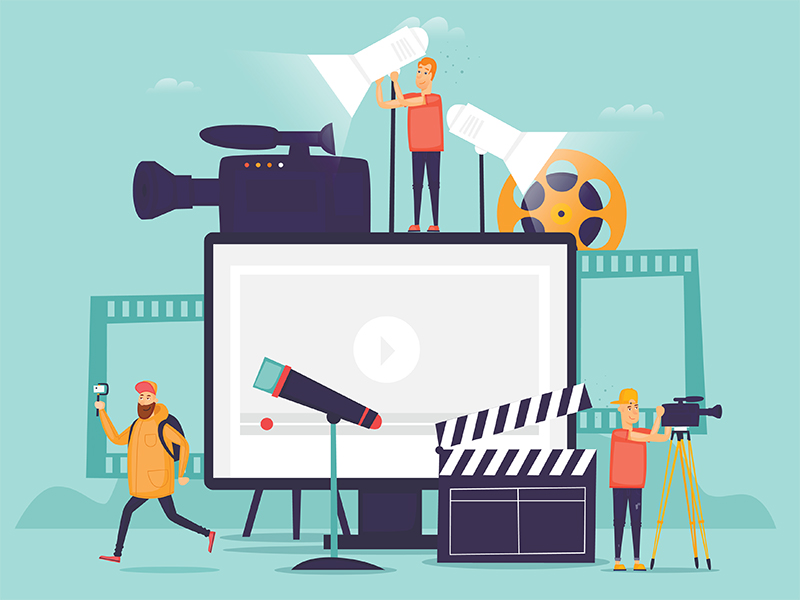
In the fast-paced world of media and entertainment, capturing and retaining audience attention is paramount. One effective strategy that has gained momentum is website personalization. Let’s explore how your marketing team can leverage this powerful tool to create bespoke website experiences for your audience.
Understanding Website Personalization
Website personalization involves tailoring the content, layout, and overall user experience based on individual user preferences, behaviors, and demographics. It’s like having a one-on-one conversation with your audience, offering them exactly what they want before they even know they want it.
Key Benefits for Media and Entertainment Brands
- Enhanced User Engagement: Personalized experiences keep users engaged by providing content that aligns with their interests. Whether it’s recommending similar movies, suggesting personalized playlists, or showcasing relevant articles, users are more likely to stay and explore.
- Increased Loyalty: When users feel that a website understands their preferences, they are more likely to return. Personalization fosters a sense of loyalty as users appreciate the tailored experience that caters to their unique tastes.
- Improved Conversions: Personalized recommendations can drive conversions by suggesting relevant products, services, or subscription plans. By showcasing offerings aligned with individual preferences, you increase the likelihood of conversion.
Implementing Website Personalization Strategies
- Data-Driven Insights: Utilize data analytics to understand user behavior. Track what content they consume, how long they stay on your site, and what actions they take. This data forms the foundation for personalized recommendations.
- Segmentation: Divide your audience into segments based on shared characteristics. This segmentation allows you to create targeted campaigns and personalized content for each group.
- Dynamic Content: Implement dynamic content modules on your website that automatically adjust based on user behavior. This could include personalized homepages, content recommendations, or event suggestions.
- Preference Centers: Allow users to set preferences through easy-to-use preference centers. This empowers users to define their interests and helps your team deliver content tailored to those preferences.
- A/B Testing: Experiment with different personalization strategies using A/B testing. This helps you identify what resonates most with your audience and refine your personalization approach over time.
Case Studies in Website Personalization Success
Several media and entertainment brands have successfully implemented website personalization:
- Netflix: Personalized content recommendations based on viewing history.
- Spotify: Curated playlists and personalized music recommendations.
- YouTube: Tailored video suggestions based on user engagement.
In Conclusion: Elevate User Experiences with Personalization
In the competitive landscape of media and entertainment, website personalization emerges as a key differentiator. By harnessing the power of data-driven insights, segmentation, and dynamic content, your marketing team can craft personalized website experiences that captivate audiences, drive engagement, and foster long-term loyalty. As you embark on this journey, remember that the future of audience interaction is personalized, and the brands that embrace this shift will undoubtedly stand out in the digital crowd.